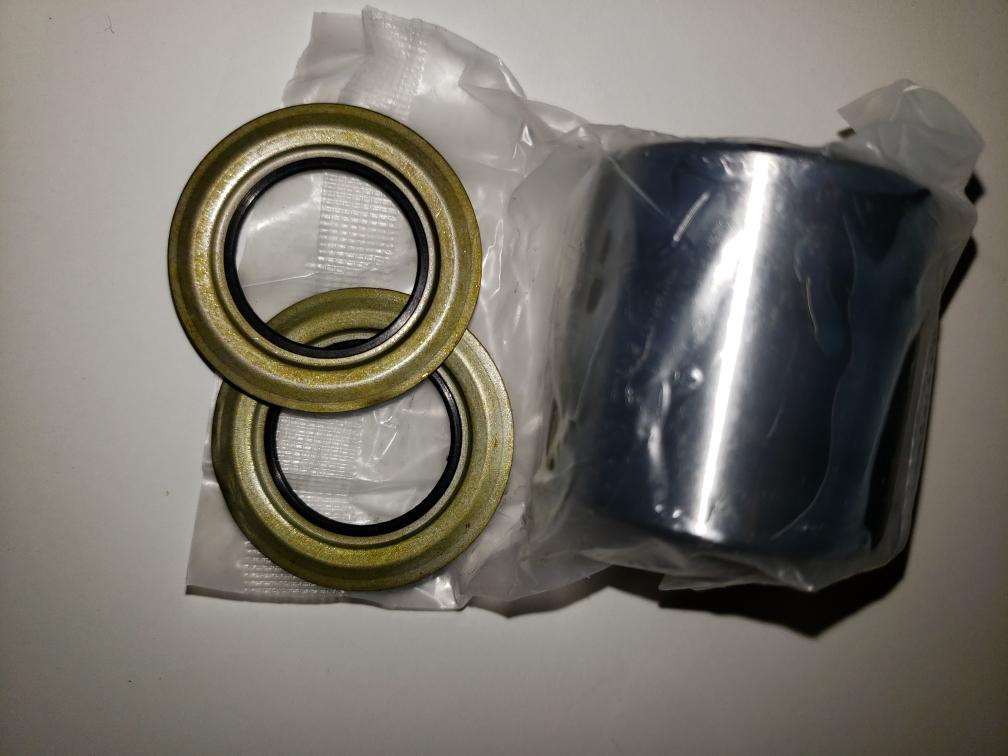For most farms, planting a new crop marks the start of a new year, but it’s also a time when taking care of a critical piece of equipment can make or break spring success. The planter is a complex tool that must be precise. Planter maintenance is especially important for no-till and reduced-tillage producers.
From checking the planter’s coulters to the Standard closing wheel, this article covers the crucial maintenance tips for your planter to run smoothly.
The Planter Unit
Planter units that are loose or wobbly can make accurate depth placement difficult. You should not be able to easily lift or move your unit sideways. View your planter units from the side. Is each one at the same height? If one unit is either higher or lower than the others, it needs fixing. One common issue is that some bolts are loose or that additional bushings are required. You should also replace any cracked or broken seed hoppers.
Metering Units
Every winter, disassemble metering units to ensure peak performance. Clean the hood with soapy water after removing dirt (no kerosene, diesel or oil should ever be used in meter units). Repair or replace cracked plastic covers. In a finger-pickup meter, it is necessary to replace broken fingers. If your seed brushes have become worn, they must be replaced. If a groove has formed in the metering unit’s chromium house, it is time to replace it.
In finger pick-up meters, the belt should be flexible, free of cracks, and clean. Clean it with soapy water and allow it to dry before reinstalling it. The rubber belt should be placed in the correct direction when reassembling the metering unit, or your meter will malfunction. Graphite can be used to lubricate (NO oil or WD-40).
It is recommended that you have your finger pick-up metering unit calibrated once a year or every 300-400 acres. Bring a bag of your own seed, as well as the correct speed at which you’ll be driving.
Check for leaks and appropriate vacuum or air pressure using a vacuum or air meter.
Coulters, Opener Disks, and Closing Wheels
Consult the user manual for details on the minimum diameter for seed opener discs, or the seed will not be sown at the proper depth. Seed opener discs must also be assembled correctly in the front. To test this, place two business cards between the openers and move them as close together as possible. If the opener discs are too worn, you will get a “W” shaped seed slot rather than the desired “V” slot.
Check the coulters’ diameter and replace them if necessary. If a worn coulter is still functional, simply adjust its depth.
Be mindful of the soil’s moisture levels; keep an eye out for residue “hair-pinning” under the coulter or and other planter’s components that come in contact with the soil. Check that the spring on the closing wheels is in good shape. The coulters, opener disks and closing wheels need to be aligned properly.
As the soil moisture and residue levels change, you must be adaptable and make the appropriate adjustments to planters. To ensure that your planters perform well, order closing wheel bearings from Farm Shop MFG today.


